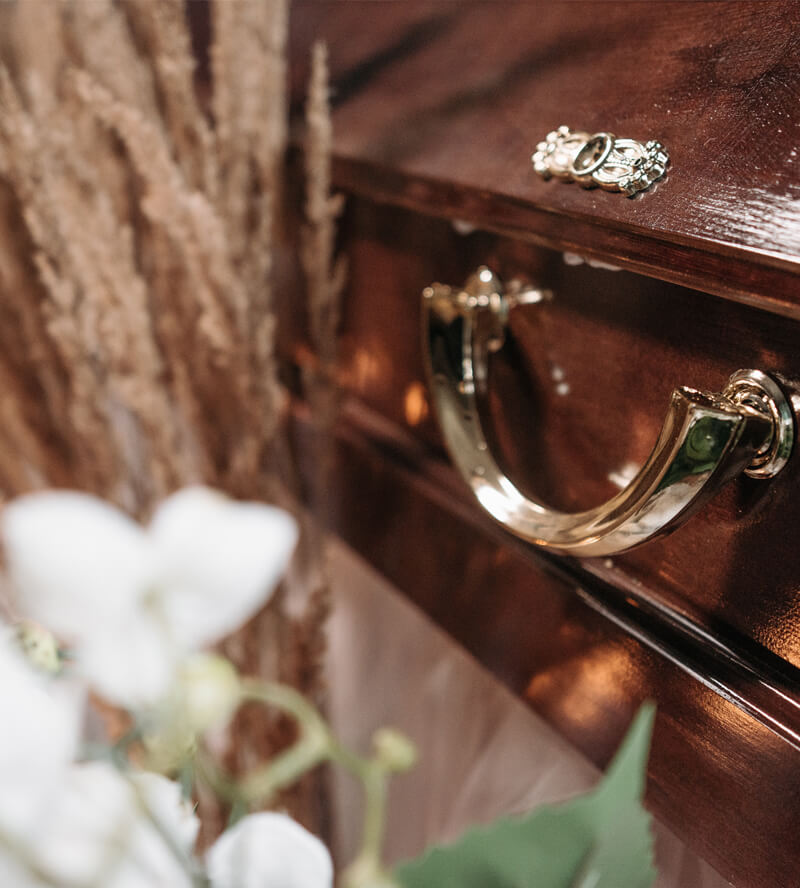The most meaningful obituary is the one that connects to the lives of others because it tells a human story.
The best obituary is not the one full of accolades, tons of pictures, or the longest paragraphs. Writing a tribute to the unique and precious life of a person you knew and loved and is an opportunity to share the things they valued. The most meaningful obituary is the one that connects to the lives of others because it tells a human story. The obituary is a true reflection of the life lived that speaks fairly to the values, relationships and legacy of your loved one.
Life Summary
The most significant part of writing an obituary is to highlight your loved one’s life story. This is the essence of the obituary and it can include personal quirks, favorite moments, and special ways your loved one shared their life with others.
Carefully selecting events that are emblematic of their values, priorities and passions can help to paint a richer picture of who they were.
Here are some examples to write about:
- The beauty of their life
- Your fondest memories
- Their character qualities you loved the most and those you loved the least
- The depth of their impact on others
- How they inspired you
- Their significant accomplishments
- The perspective their life gave to you and others
This may not come easily to you, but the effort and heart put into its creation will be a reward and gift to yourself, your loved one, and the community that loved them.


Announcement of the Death
Obituaries usually begin with the name, age, and place of residence of the deceased, along with the date and place of death.
The cause of death is something many families wonder if they should include. This is a personal decision that does not have a right or wrong answer. It is wise to keep in mind that sharing the information here may spare you and other family members from having to repeat the story of what happened over and over at subsequent gatherings.
Family
Naming the surviving family members is a way of naming the legacy and (some of) the lives impacted by the deceased. If you choose to include surviving family members, be sure to take great care when compiling your list so that no one is forgotten. Some families also choose to list family members who preceded your loved one in death.
A general format to follow when listing relatives is to list survivors first, starting with the spouse, then children, grandchildren (if there are a lot of grandchildren you can simply list how many there are), parents and siblings. Usually, other relations are left out but may be mentioned by phrases like, “and their large extended family,” or “along with a close-knit group of friends.”
If you like to be technical, names should be listed as follows: first name, spouse’s first name in parenthesis, then surname (ex: Tom (Sarah) Johnson). If the spouse or partner’s surname is different, include their surname in the parenthesis along with their first name (ex: Tom (Sarah Williams) Johnson).
Service Times
For each of the ceremonies being held it is important that the following information is listed for each event: time (am or pm), full date, and name and address of ceremony location. If some of the ceremonies will be private then it would be best to not list them publicly in the obituary.
*Spelling tip: “interment” is the correct spelling for a graveside or burial ceremony, not “internment”.
Concluding Message
In the conclusion of the obituary, special requests may be made such as, “in lieu of flowers, donations may be made to…” or “Our heartfelt thanks to the staff at General Hospital for…”
Some families make the final line a dedication honoring their loved one. Phrases like “We will always carry your memory in our hearts,” or perhaps a favorite quote of your loved one are heartfelt and personal. Other families select a short prayer, a religious quotation, or a line from a poem to place at the end. While these messages are optional, they help to conclude the obituary and offer a final space to further personalize your tribute.


Photos
Including a photo is often meaningful to families and can be a useful way for readers to recognize your loved one. For that reason, it is suggested to use a more recent photograph. This choice is special and entirely up to what you think best represents your loved one and whatever photograph is chosen will be a fitting tribute. You have the opportunity to add multiple photos on the obituary on the O’Connor Mortuary website.
Submitting the Obituary to O’Connor Mortuary
When you have finished writing your obituary, simply email it to our design specialist, Rosemary, at rshadwick@oconnormortuary.com and CC your O’Connor Mortuary funeral arranger. Rosemary will contact you when your complimentary obituary has been posted to our website. If you choose to submit the obituary to other publications, Rosemary is able to assist you with that as well.
